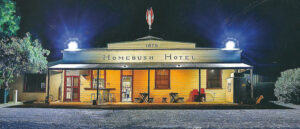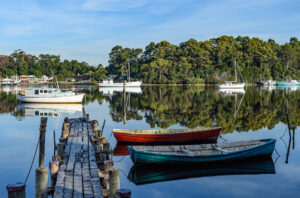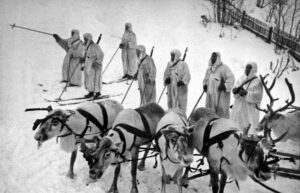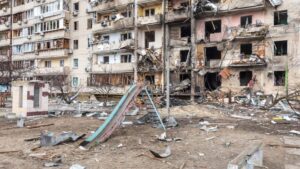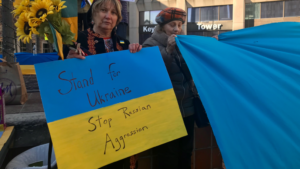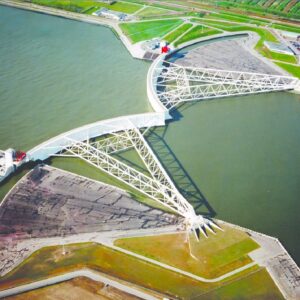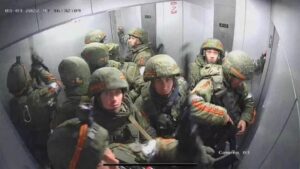
Doppelgänger? How Bill Shorten may look at 71 when, under the alias of Bill Belichick, he has come to the end of his tenure as one the most successful managers in American football. He coached the New England Patriots to six Superbowl victories. Well done Bill whoever you are!
The Rise of the Lumpenproletariat
Rick Wilson’s recent experience is reminiscent of Germany just before 1933. Hindenburg, the President, was 87 years old and soft in the head. Hitler was 43 verging on madness. Biden is 81 years old verging on something, but watch this space grow; Trump is not twice Hitler’s age, but certainly as soft in the head, having substituted speech for spewage.
As a resulting of leaking spewage, Rick Wilson, one of the architects of the anti-Trump Republican Lincoln project, has been subject to gross harassment, even a trap being set for him to be destroyed by “friendly fire”.
The related worry is the growth of the sniper culture as epitomised by the Israeli Army, where the expert sniper can target the influential without the messiness of the bomb. The rogue sniper has always existed, but the systematic endorsement by government of a sniper whose role is simply to kill the person who disagrees with you, under the cover of a manufactured war, is yet another example of the hypocrisy of those who bleat about law and order while doing the reverse.
Journalists – beware of walking through canyons of ostensibly underused buildings, which now house the consulates of diplomatic immunity with panoramic views of the city, short-term leases, and persons who are very accurate with the telescopic sight.
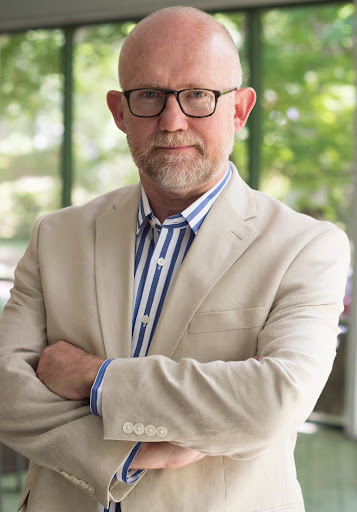
Now here is what Rick Wilson has related:
As I write this email, I’m tired. Why? Well, it’s not because I ran a marathon yesterday. It’s because I woke up to a SWAT team pounding on my door at 3:00 am.
It was alarming to say the least, but it wasn’t my first rodeo. After slipping out of the classic jump-scare panic, I knew exactly what was going on. Some MAGA terrorists had placed a fake 911 call claiming there had been a murder at my home.
The goal? Besides scaring the hell out of my family at 3:00 AM, it was to get me killed.
The terrorists set up these calls hoping that I’ll think my house is under attack and run outside with a gun just to find a SWAT team ready to shoot me dead.
I’ve been dealing with stunts like this since 2015. It’s nothing new. I know better than to roll out the door with a weapon. Besides, I could see a caravan of 10+ SWAT vehicles on the street.
So there I was, at 3:00 am, walking onto my porch in boxers and a t-shirt with my hands in the sky (it’s not as sexy as it sounds). Once it became clear to officers that this was a swatting call, they were courteous and helpful.
This was also not their first time responding to a swatting call at the Wilson residence. So, to the MAGA terrorists who will seemingly never stop in their quest to kill me, I’m sorry to let you down. I’m still alive. And I’m still not going to hold back in my fight against Trump.
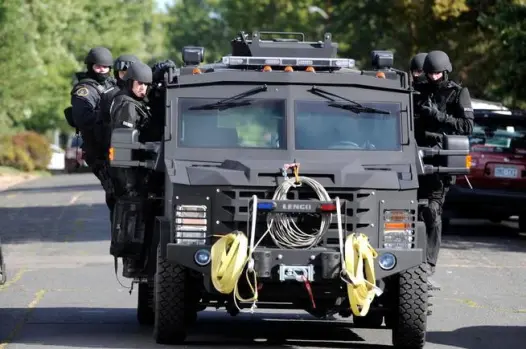
A Strange View of Tasmania
An American travel writer, Nora Walsh, has written an article under the rubric of Tourism:
Venture outside and help protect vulnerable species in Tasmania, Australia’s southernmost state, with several new guided walks. Tasmanian Walking Company, in partnership with the Royal Tasmanian Botanical Gardens, offers a three-day trek across rugged Bruny Island to map flora and collect seeds for the garden’s seed bank.
To get a taste of the island’s Indigenous culture, join members of the local Palawa community on multiday treks through the powder white sands of Wukalina (Mount William National Park) and orange-lichen-covered rocks of Larapuna (Bay of Fires). Or to get an actual taste of the island, forage for ingredients like wattle seeds and pepperberries with guides from Palawa Kipli, a company that is Indigenous-owned and operated – the experience ends with a tasting menu that includes smoked payathanima (wallaby).
Locavore menus are the norm throughout Tasmania, and the chef Analiese Gregory, a wild-cooking expert, will be showcasing ingredients like hand-gathered abalone and sea urchin at her yet-to-be-named restaurant set to open early this year.
I was intrigued as everybody, with the inbuilt naivete that I have, when, the NYT listed Tasmania and Brisbane as preferred destinations to visit in 2024.
I am also very fortunate to have a facsimile edition of “The Aborigines of Tasmania” by H. Ling Roth, first printed in 1899.
I also know a bit about Tasmania, having a property there.
I turned to read this piece. First of all, the writer has obviously not visited Tasmania. This is becoming increasingly common where travel writers just rewrite public relations blurbs from afar. If that is what the American market wants, well this article gives it to them in spades.
Walking Bruny Island is just one of many rambles, and there is no doubt Bruny Island has its charms, but there are many others, because the Island is a walker’s paradise. Tasmania is an essence of where Nature has resuscitated itself from the 19th century European invasion.
In the course of the invasion, the Tasmanian Aborigines were exterminated. There was a European called George Robinson, who herded the remaining Aborigines onto Flinders Islands, an archipelago off the North-east coast of Tasmania on the edge of Bass Strait. Here there was a degree of miscegenation with passing American and European sealers and whalers. Hence the blue-eyed Palawa of today. The walk around the beaches of north-east Tasmania feeding on lemon myrtle, pepperberry and saltbush flavoured wallaby, of having a go at eating the oily mutton bird is just about this group trying to reconstruct what has been lost.
As for recommending a restaurant yet to open, just confirmed the pitfalls when an author writes from a distance- even if the proposed restaurant is locavore.
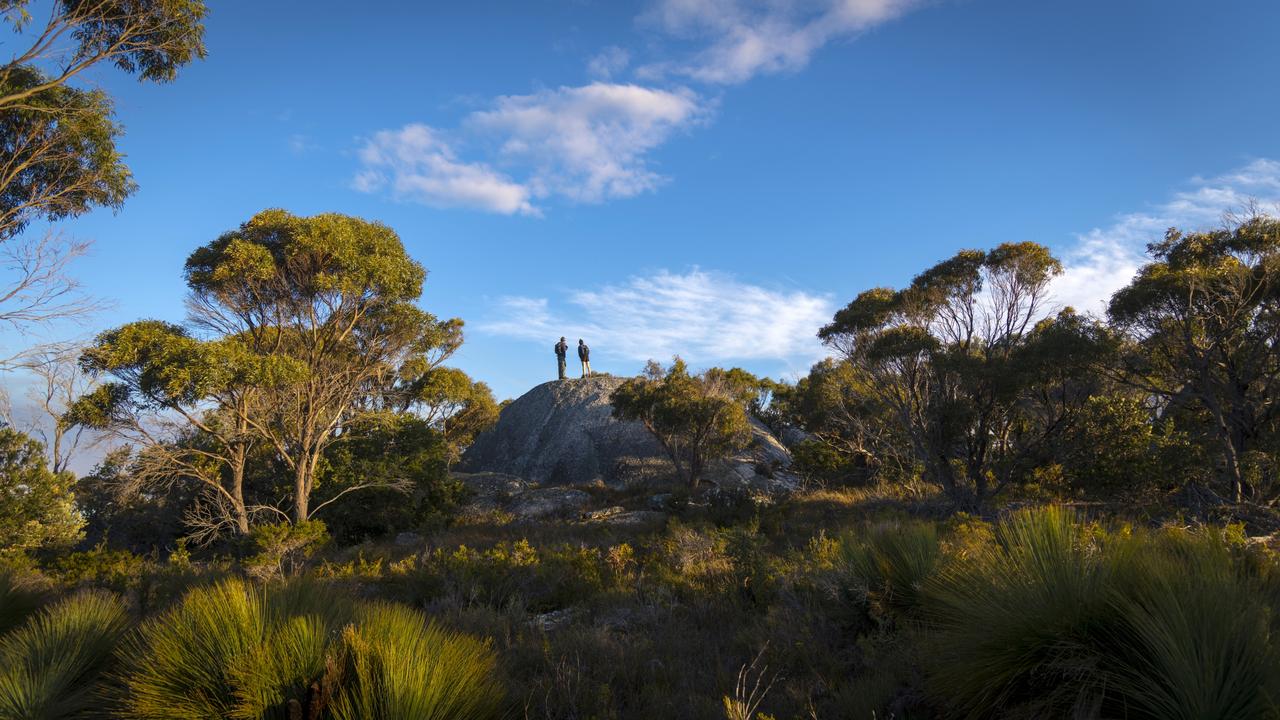
Tanya Gentle, who actually walked the Palawa trail, and stayed in the lighthouse keeper’s quarters and drank Tasmanian wines, saw no artifacts except for what sounded like a very difficult to sustain description of a midden. Middens tend to be predominantly mussel shell dumps of Aboriginal detritus. They are not found on open beaches where the storms would have washed away any pile of detritus very quickly. Having seen middens where the predominant component is mussel shells, located beyond the highwater line, I would suggest if you wish to undertake such a confected walk, that’s fine as long as you take all the Aboriginal backgrounding with a grain of salt.
The interesting fact is that along this trail there is no mention of any Aboriginal artifacts – not even peckings which the Tasmanian aborigines carved to indicate some site with special significance.
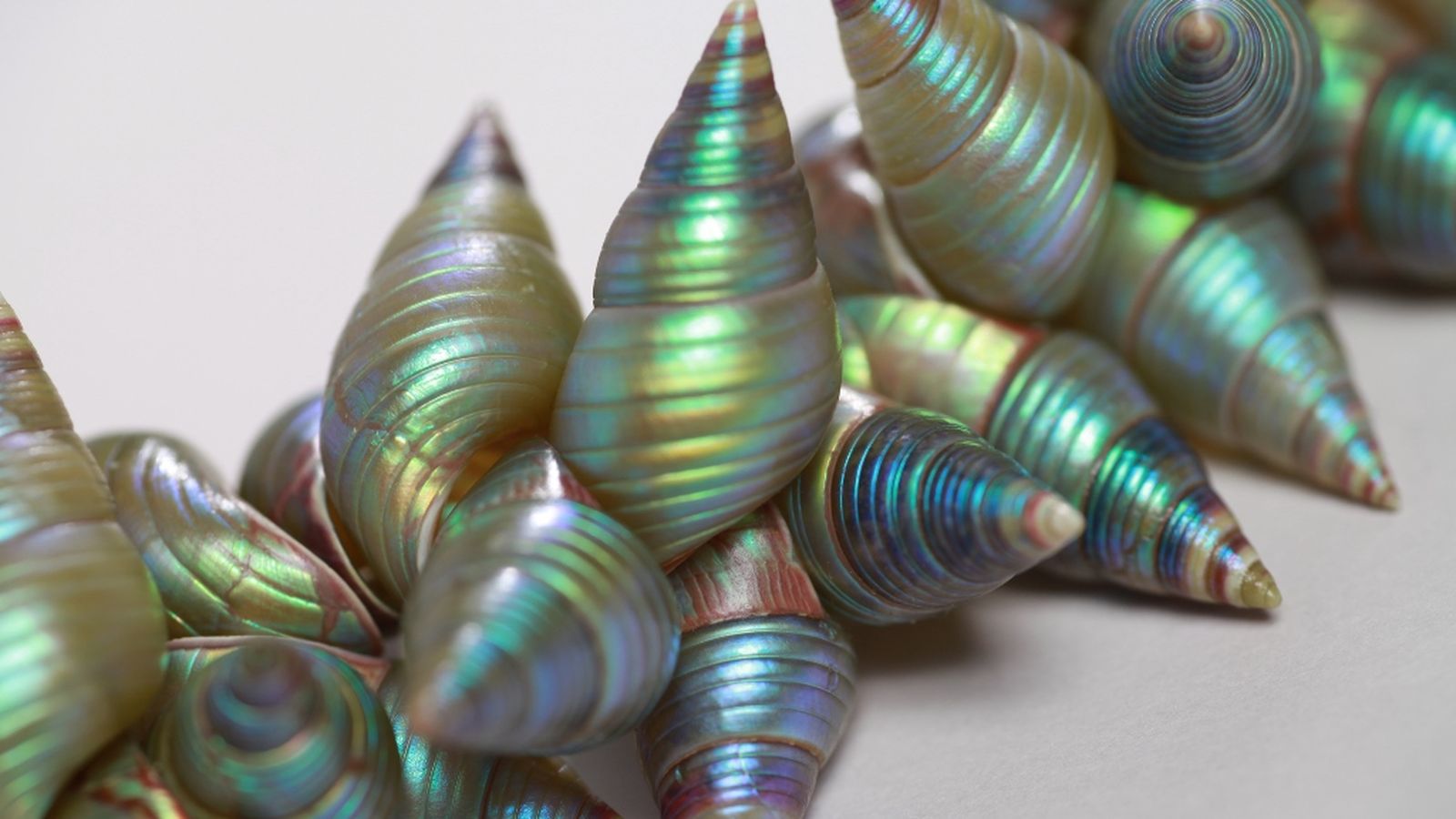
The maireener, commonly known as the rainbow kelp shell, was originally the only shell traditionally used to thread into necklaces. Yet there is no mention in the article of the unique marieener necklaces, the shells with their iridescence displayed by the laborious scaping of the shell covering.
The manufacture of these shell necklaces is unique to the Flinders Island, the seat of the Palawa people. Why no mention? The walk is probably a male interpretation of the Palawa culture. Women make the necklaces, of which my wife and I have two as treasured possessions.
And for food, I would suggest the Aboriginals rebuilding their culture turn to page reference 95ff of “The Aborigines of Tasmania”. Unfortunately there is not a mention of saltbush, pepperberry or lemon myrtle in the cooking in this history – but many other greens, tubers and seaweed are mentioned, as well as edible fungi as part of the food cooked or eaten raw.
Finally, the oysters. Were these wild oysters carved off the rocks by the Aboriginal guides, or purchased from a nearby commercial oyster farm? Tasmanian oysters, essentially Pacific oysters, are as good as found elsewhere. Australians in general are spoiled by the variety of oysters, so long as they can afford them. In the Ling book, crawfish, oysters, mussels and crabs are mentioned as part of the diet. The Tasmania Aborigines did not fish.
As for wallaby, it can be bought in the Tasmanian supermarkets.
This article is a distortion for any reason to visit Tasmania. Not that I have any quarrel with the description of the scenery, which like so much of Tasmania is amazing in its diversity. As for the restored Aboriginal culture, do a bit more work, Puganna or are you, Weiba.
In the next blog, I’ll write of why I love Tasmania, even though I am a Mainlander by birth.
By the way, I think I will miss the Brisbane piece extolling it as one of the other NYT most favoured destinations for 2024. I’m sure it is as persuasive as this one above is about trudging the beaches of remote Tasmania.
Moscow Nights
This intriguing article, which I have partially reprinted from The Economist was written by Kate de Pury, a journalist who lives in Moscow and who has reported on Russia for thirty years.
What I find interesting is her description of the playgrounds of the Russian rich that are not being disturbed by modern warfare. Russia is allowed to devastate Ukraine while those ostensibly NATO Ukrainian supporters have intervened; but not to the extent that would disturb the caviar and champagne set’s lifestyle.
There is thus no such entity as total war if you are the powerful invaders and can bomb and destroy with impunity. There may be food and utility shortages to be borne by the ordinary Russian citizens, but the wealthy and well-connected and those that service their needs remain largely unaffected. That is the message which emanates from the Pury article. War can be waged so long as it does not materially affect the ruling class. Yes, inconvenience can be borne, but these days can one not ski in Dubai?
After all, supporting Ukraine does have limits. One cannot have any ripples in the eggnog.
“They know they won’t be allowed back to the French Alps for 25 years. Until then they can go to Dubai or party here – it’s pretty wild.”
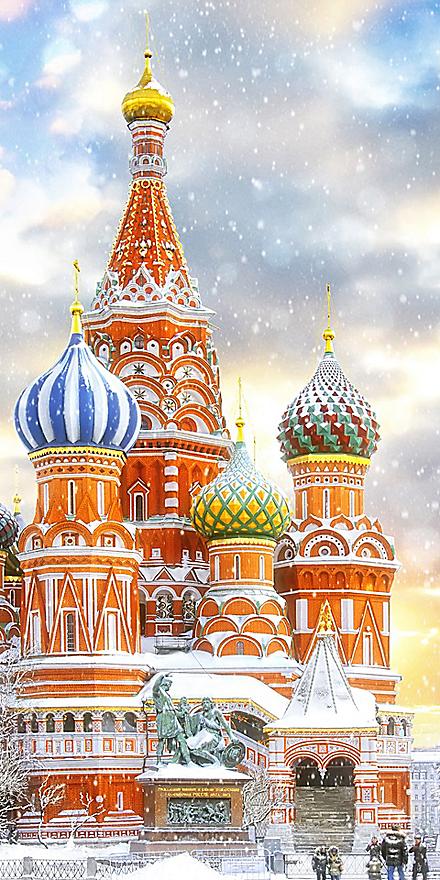 Winter in Moscow is a time for parties. A friend told me recently about a particularly lavish one he went to in a nightclub. DJs played hypnotic psychedelic trance, champagne flowed and red lights strobed across the heaving dancefloor. Nearly two years into the war in Ukraine, Muscovites seem to be recovering their capacity for hedonism.
Winter in Moscow is a time for parties. A friend told me recently about a particularly lavish one he went to in a nightclub. DJs played hypnotic psychedelic trance, champagne flowed and red lights strobed across the heaving dancefloor. Nearly two years into the war in Ukraine, Muscovites seem to be recovering their capacity for hedonism.
As Russia enters 2024, and the campaign for President Vladimir Putin’s inevitable re-election heats up, the regime is keen to tell a good story about the country’s ability to withstand the war. It can muster a surprising amount of evidence to support this case.
Through such elaborate manoeuvres, Moscow elites have succeeded in keeping life reasonably comfortable for themselves. Not long ago I went to a party in a penthouse. It was a picture-postcard Russian scene: a blizzard swirled outside huge windows and Prokofiev swelled through the speakers. The guests sipped French and Italian wine, filling their plates with Russian caviar from the buffet.
The atmosphere among this posh group could be characterised as patriotic-lite. Some of them were old enough to remember Soviet times and instinctively avoided any talk of politics. Those who didn’t used a tacit code. They wouldn’t criticise the government but, unlike some of the crowd in the nightclubs, they didn’t speak in jingoistic slogans either. No one mentioned the war, though it was implicit every time one of them referred to the arduous flight connections they have to make these days to visit grown-up children in Italy and Britain.
This is a constituency Putin has to keep on side for the long haul, and not all of the guests were happy with his vision of Russia’s future. “I am trying to decide if my kids will be educated in the UK or the US,” said one executive. “It definitely won’t be China or Russia.”
Parrots
Australia has fifty-five species of parrot. My grandfather for a time had a farm at King Parrot Creek in Victoria until he was “eaten out by rabbits”. The King Parrot is nevertheless a very pensive parrot – green wings and red face and belly – not as common as it once was.
The rainbow lorikeet is a brightly coloured chatterer that has found city living very congenial, and they are where the trees provide suitable food. They are known to push other birds off the balconies where food for birds has been placed. Therefore, a glimpse of parrots is not uncommon for any Australian, living anywhere on the continent. These lorikeets were introduced into New Zealand and have threatened to become an exotic species which has got out of control and thus has needed to be managed.
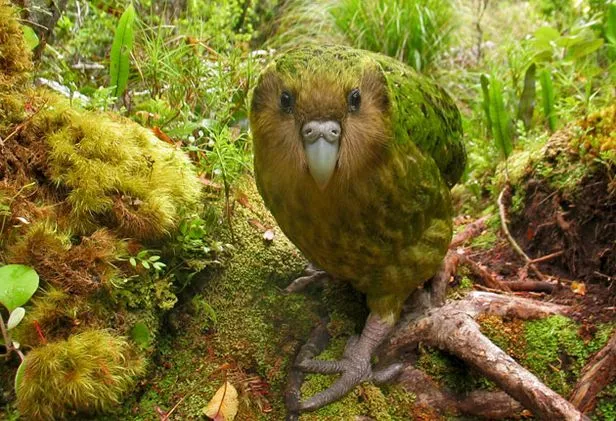
There are supposed to be eight species of native parrots in New Zealand, one of which is the grass parrot, the kakapo is my wife’s favourite parrot, and also once a favourite item on the rat menu. She is unlikely to see any of the 200 kakapos which are now nurtured on a rat-free island off New Zealand. The parrot that I have actually seen in NZ mountainous regions is the kea, more a raptor than a conventional parrot.
Back in Australia, in rural areas there are the grey wing, pink belly galahs, the sulphur crested cockatoos (parrots with a quiff) and the pink-eyed corellas all snacking on seeds of all varieties, the scourge of farmers who have just planted their crop.
Closing in on the deserts are the Major Mitchell cockatoos, crested red flecked argumentative additions on a land where saltbush dots the red and ochre landscape of Sturt’s Desert Varnish.
Then, going into the desert and especially after it has just rained, there are the flocks of budgerigars. As they exist in vast numbers in captivity, most people do not realise they are birds of the outback, beyond the proverbial Black Stump.
Then in the morning in the Tasmania forests, in the early morning, there are the distinctive cries of the yellow-tailed black cockatoos, and the sight of these large birds framed against the sky is a wonderful waking experience for me.
There are others, which I could describe, all magnificent in their own right.
Nevertheless, my favourite parrot is the macaw, a bird of the Americas. The experience of standing under palms in Costa Rica with a flock of scarlet macaws bombarding us with half eaten nuts is not forgotten.
Such was the level of falling missiles a discreet withdrawal was required to a place where one could observe these birds feeding without danger of being hit on the head. The birds hold the nut in their claw and break it open with their formidably curved beaks.
I have read that parrots have an upside-down sense of taste, which is one of their fascinating characteristics. Although they have taste glands at the back of their necks, the bulk of their taste buds are on the roof of their mouths.
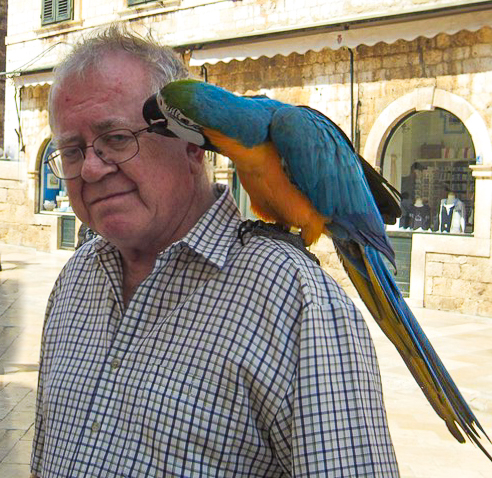 Macaws are a bird too often kept in captivity. There is a picture of a blue-yellow macaw perched on my shoulder attacking my glasses. Such birds are used by an itinerant gypsy, in this case not unsurprisingly a guy dressed as a pirate complete with bandana and gold earring. This happened in Dubrovnik, and I forget how much was paid by my companion for me to be so immortalised.
Macaws are a bird too often kept in captivity. There is a picture of a blue-yellow macaw perched on my shoulder attacking my glasses. Such birds are used by an itinerant gypsy, in this case not unsurprisingly a guy dressed as a pirate complete with bandana and gold earring. This happened in Dubrovnik, and I forget how much was paid by my companion for me to be so immortalised.
But it was the flock of macaws high in the tropical canopy of Costa Rica that did it for me.
Need I say anything? Apart from Disgusting
Data collected by government contract analysts Tussell shows 197 public sector contracts have been awarded to Fujitsu since 2012, and it is hard to find an arm of the British state in which it is not involved: the Home Office, the Ministry of Defence, the Foreign and Commonwealth Office, HM Revenue & Customs, Transport for London, HS2, Scottish Water, Thames Valley Police, the Financial Conduct Authority, the Land Registry, NHS England, local authorities across the country – the list goes on and on. The Conservatives, for all their talk of a small state, have overseen a historic increase in spending on private companies, from £64bn in 2010 to £222bn last year.
From the New Statesman.
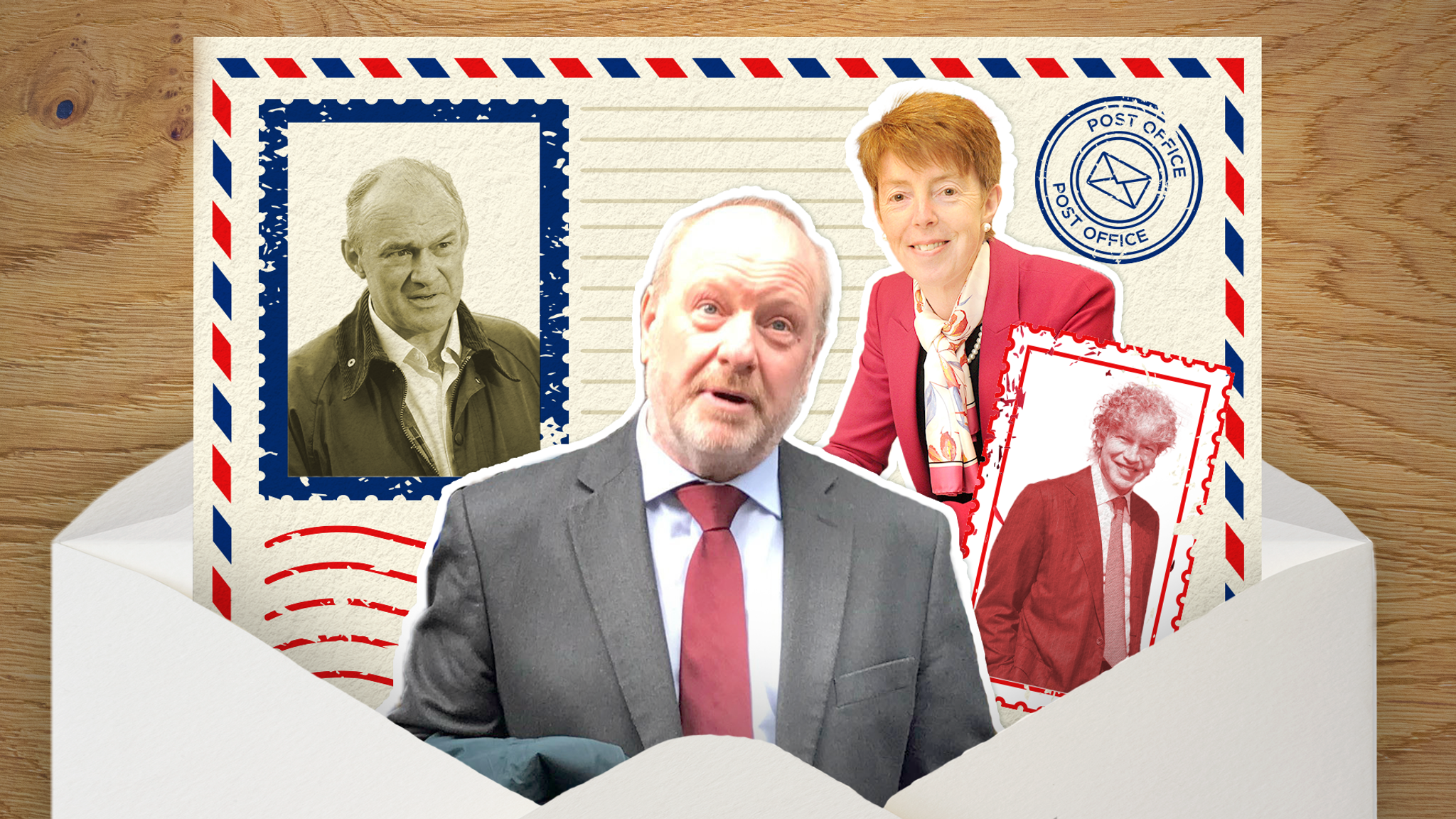 It was Fujitsu which created the defective computer program that saw the prosecution of more than 900 workers falsely accused of stealing money from post offices. This disgraceful episode which has resulted in legislation being brought in by the UK Parliament to overturn the convictions, was brought to light by a TV program, not government investigation.
It was Fujitsu which created the defective computer program that saw the prosecution of more than 900 workers falsely accused of stealing money from post offices. This disgraceful episode which has resulted in legislation being brought in by the UK Parliament to overturn the convictions, was brought to light by a TV program, not government investigation.
Simon Blagden, who is a prominent Tory donor and former director of Fujitsu was appointed chair of the Government agency for delivering the government’s broadband rollout in 2022.
His generous contributions to the Tory party included a £350 hamper to Boris Johnson. He was non-executive director at Fujitsu UK during the evolution of the scandal. He should exchange notes with our fiasco of Ministers Morrison, Payne, Turnbull, Robert and Tudge who concocted and implemented the robo-debt scheme to see how he has emerged seemingly in a pristine toga while these others skulk awaiting appropriate retribution.
 Come to think of it, why is Blagden still a commoner? He has certainly contributed enough to be a peer.
Come to think of it, why is Blagden still a commoner? He has certainly contributed enough to be a peer.
Mouse Whisper
Giovani Botero, the 16th century Savoyard Savant, wrote:
The Prince not only lays his hands on the people and draws blood from them… having drawn their blood with taxes he destroys their spirit by taking from them every chance of profit which might enable them to pay their taxes.
This quote from Botero’s major work (The Reason for the State) in which he disputes the Machiavellian description of the Prince was on the white board in the Boss’s office for years. Sounds that he was a bit of a Bolshie. Botero that is.
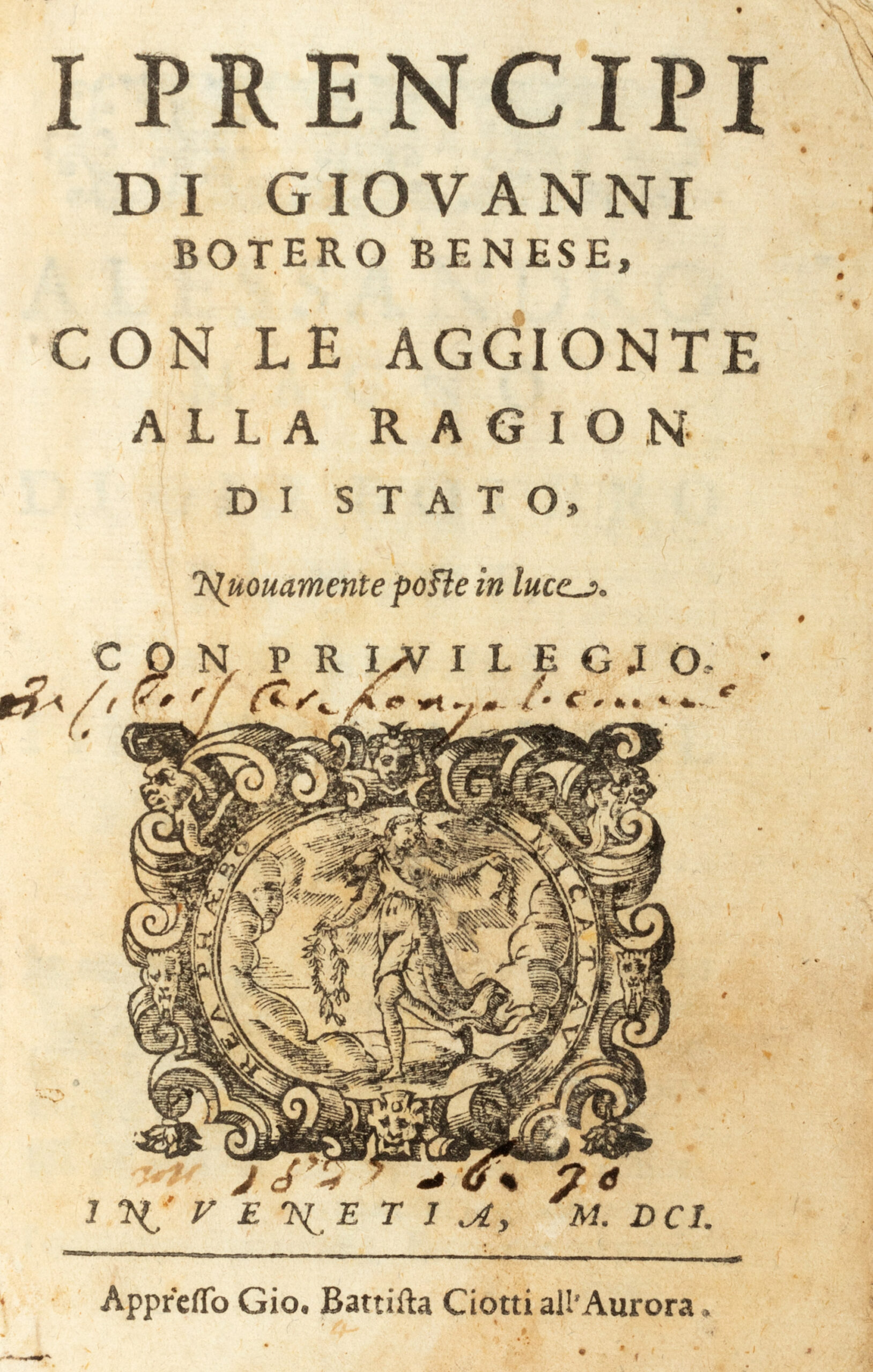

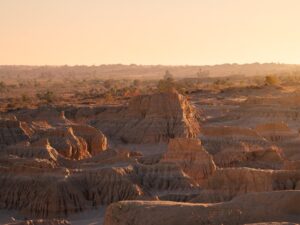
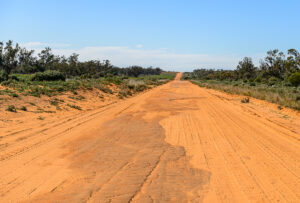
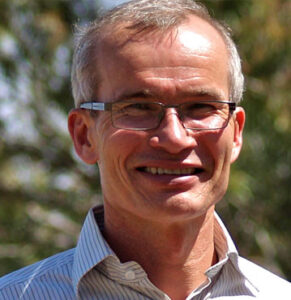
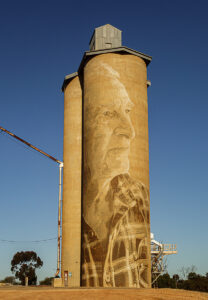
 Jane Halton has bobbed up again. The incoming Health Minister, Mark Butler, has asked her to review the existing vaccine contracts and whether the country had a regular source of vaccine supply – a guaranteed pipeline.
Jane Halton has bobbed up again. The incoming Health Minister, Mark Butler, has asked her to review the existing vaccine contracts and whether the country had a regular source of vaccine supply – a guaranteed pipeline.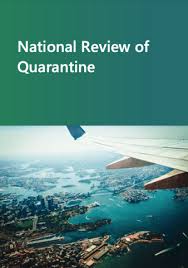 She became a member of the ill-fated Executive Board of the Australian National COVID-19 Coordination Commission in March 2020. That would suggest that she was engaged in the whole sorry process from the start, the entrails of which she has been asked to examine. Maybe she will be able to airbrush any involvement of Sarah Jane Halton from her report to Minister Butler.
She became a member of the ill-fated Executive Board of the Australian National COVID-19 Coordination Commission in March 2020. That would suggest that she was engaged in the whole sorry process from the start, the entrails of which she has been asked to examine. Maybe she will be able to airbrush any involvement of Sarah Jane Halton from her report to Minister Butler.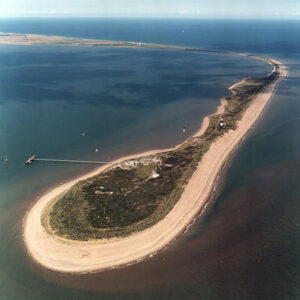
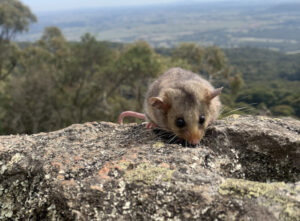 My Bushrat relative, Rafferty, turned up the other day. He had hitched a ride on a number of trucks around the southern part of the Far West of NSW with a mate, Jack Kerourat. Anyway, he said that the Hay Plain was so flat you could see the curvature of the Earth’s surface.
My Bushrat relative, Rafferty, turned up the other day. He had hitched a ride on a number of trucks around the southern part of the Far West of NSW with a mate, Jack Kerourat. Anyway, he said that the Hay Plain was so flat you could see the curvature of the Earth’s surface.